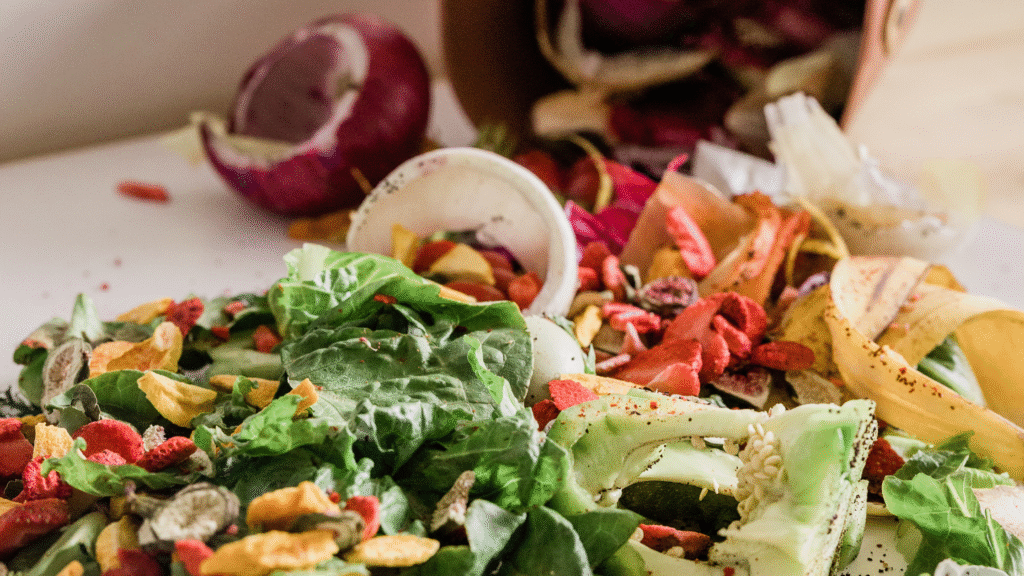Key Takeaway
- Choose a healthy aloe vera leaf or pup without visible rot or damage
- Allow the cut or base end to dry and form a callous for 2–3 days
- Prepare a well-draining cactus or succulent potting mix
- Place the base gently into the soil—do not bury too deep
- Mist lightly instead of watering heavily during the first weeks
- Keep the pot in a warm, indirect sunlight location
- Do not disturb the plant while waiting for root formation
- New roots may take 3–6 weeks to develop—be patient
- Once roots appear, water sparingly and begin normal care
How to Grow Aloe Vera Without Roots
Growing aloe vera without roots might seem unconventional, but it’s entirely possible and surprisingly rewarding. Whether you have a broken leaf, a stem cutting, or a plant without any root system, you can still propagate and grow it into a thriving succulent. In this guide, you’ll learn everything you need to grow aloe vera without roots—from preparation to care tips.
Why Grow Aloe Vera Without Roots?
Sometimes aloe vera plants are damaged during transport or trimming, leaving behind cuttings or leaves without any roots. Instead of discarding them, you can propagate these parts. Aloe vera has regenerative properties that allow it to survive and grow under the right conditions—even without an initial root system.
1. Select a Healthy Leaf or Cutting
Choose a mature, firm aloe vera leaf or cutting. Avoid ones that are mushy or blackened at the edges. If you’re unsure whether to use a leaf or a stem, read our comparison on growing aloe vera from a leaf vs. from a cutting.
2. Allow the Cut End to Callous
Place the cut end in a dry, shaded area for 2–5 days. This callousing helps prevent rot when planted. It’s a critical step in successful propagation, whether you’re growing from seed or other methods.
3. Choose the Right Growing Medium
Aloe vera hates soggy soil. Use a well-draining cactus or succulent mix. You can also create your own mix by combining sand, perlite, and potting soil in equal parts. This is especially important if you’re also planning to grow aloe vera on a farm.
4. Use a Shallow Pot with Drainage Holes
Select a pot that is not too deep but has good drainage. You can repot later once roots have developed. Place a small stone or broken clay piece over the drainage hole to prevent soil loss.
5. Plant the Leaf or Cutting
Insert the calloused end about 1–2 inches into the soil. Firm the soil around it and place the pot in a warm, bright spot away from direct sun. Avoid watering at this stage. If you want to experiment with water-based propagation, check out our guide on growing aloe vera in water.
6. Wait Before Watering
Hold off on watering for at least a week to allow the leaf to adjust and possibly develop root nodes. Overwatering too soon is one of the main reasons aloe vera fails to grow without roots.
7. Begin a Light Watering Schedule
After the initial week, mist the soil lightly every 3–5 days. Avoid soaking the soil. Over time, roots will begin to form. If you’d rather grow indoors, check our detailed post on growing aloe vera indoors.
8. Transplant Once Rooted
In 3–5 weeks, check for resistance by gently tugging. If the plant resists, it’s rooted. At this point, you can transplant it into a larger container or even outdoors following our guide on how to grow aloe vera outside.
Common Mistakes to Avoid
- Don’t water too early or too much
- Avoid using garden soil—it retains moisture
- Keep the plant out of direct sunlight initially
- Don’t use damaged or infected leaves
Optional: Boost Growth Naturally
You can sprinkle cinnamon powder on the cut end to act as a natural rooting hormone. This also helps prevent rot and mold.
How Long Does It Take to Root?
It can take 2 to 6 weeks depending on temperature, humidity, and plant health. Warmer temperatures (20–25°C or 68–77°F) help accelerate rooting. For even faster growth methods, explore our guide on how to grow aloe vera fast at home.
Can You Grow Aloe Without Roots in Water?
Yes, but it’s less common and more challenging. Aloe vera leaves can rot easily in standing water. If trying this method, suspend the cut end above water or use a hydroponic setup as discussed in our post on growing aloe in water.
When to Fertilize
Once roots form and new leaves appear, you can feed your aloe vera monthly with a diluted liquid succulent fertilizer. Don’t fertilize before rooting—it may damage the cutting.
Conclusion
Growing aloe vera without roots is an accessible and rewarding process. With patience and the right conditions, you can turn a leaf or cutting into a lush, thriving plant. Whether you’re gardening indoors, outdoors, in water, or even on a farm, aloe vera adapts well—making it one of the easiest succulents to propagate.
Want to learn more? Explore these related guides:


